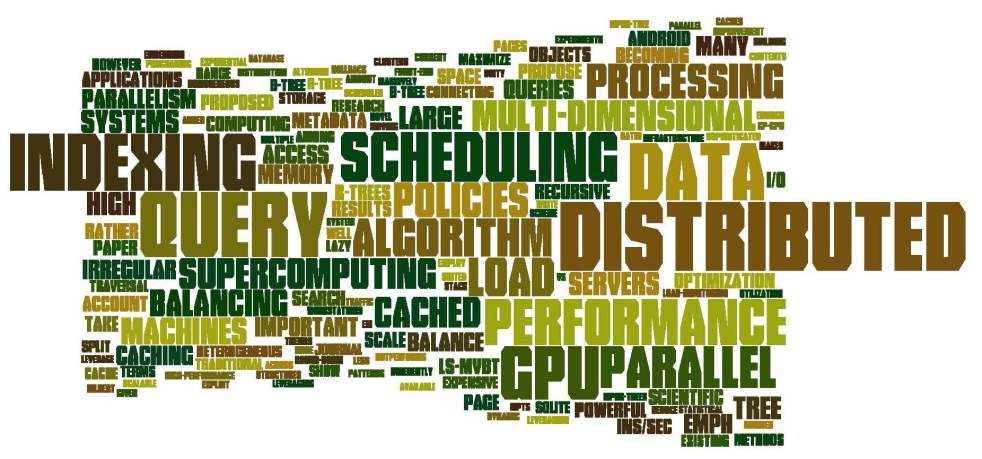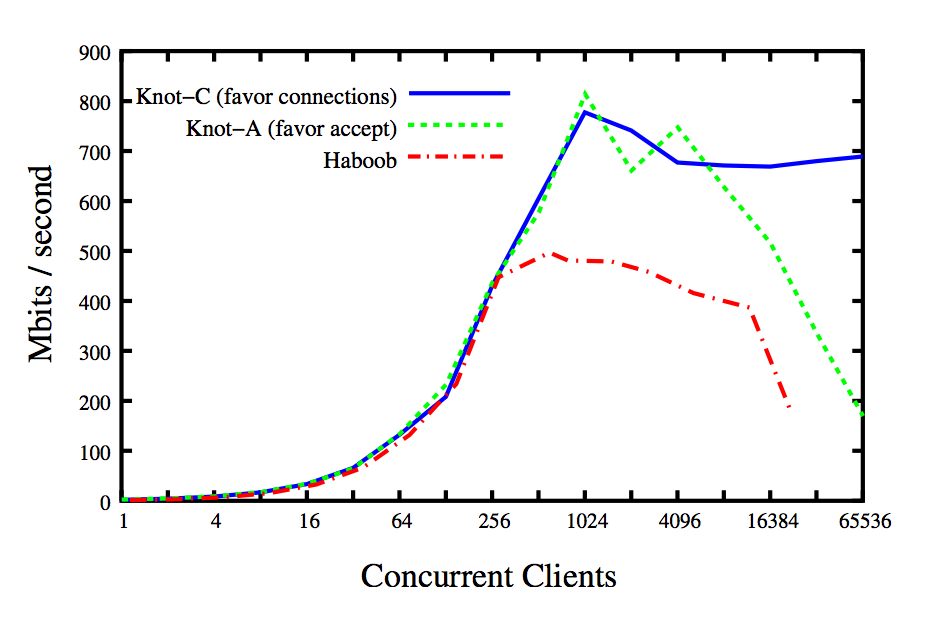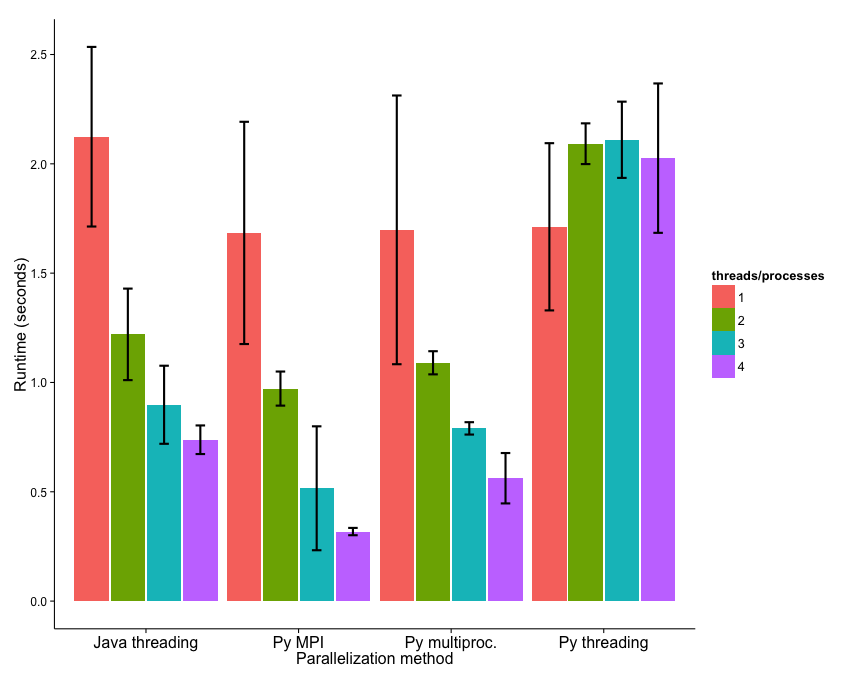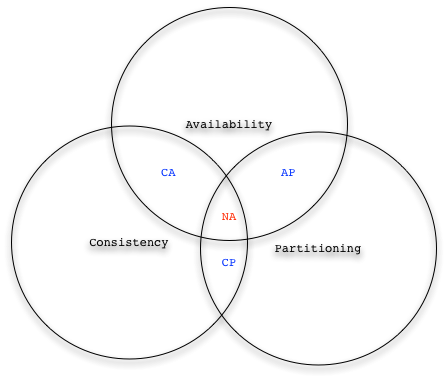Advancements in Data-Intensive Distributed Systems Engineering
Call for Papers! ADIDSE IARIA Special Track aims at tackling the problems and discussing the advancements in Data-Intensive Distributed Systems Engineering with the community of Engineers and Scientists out there. Come and join us… The advent of the IoT (Internet of Things), by forecasts, is going to bring 40 Billion connected devices by 2020. Such… Continue reading Advancements in Data-Intensive Distributed Systems Engineering






